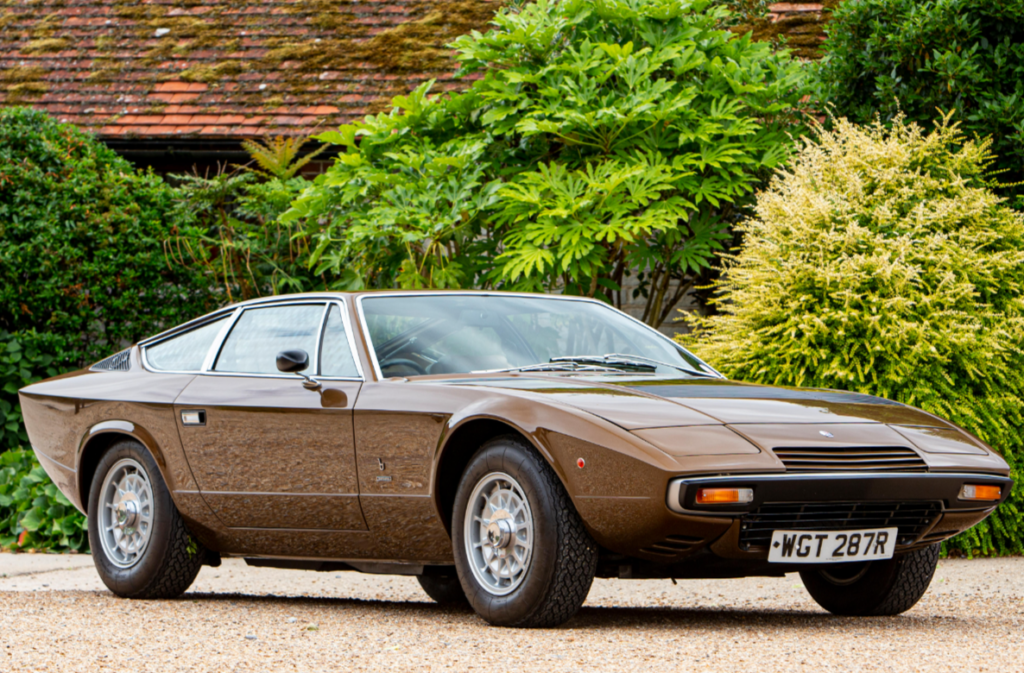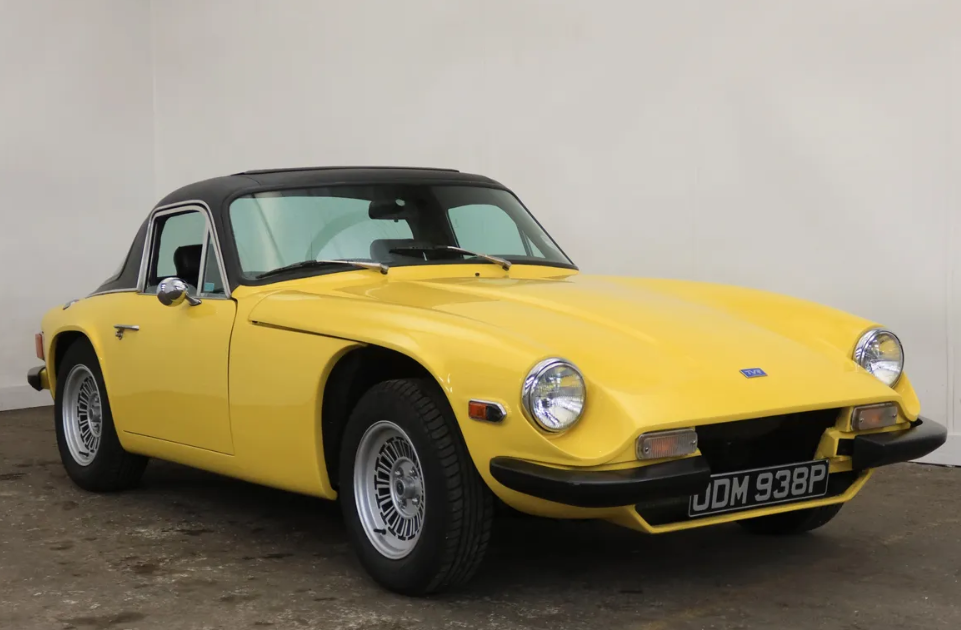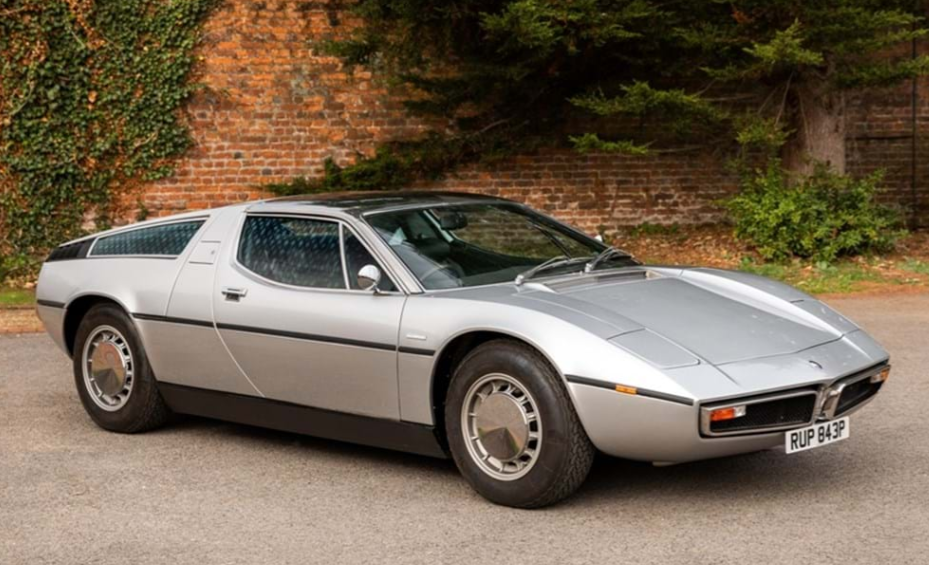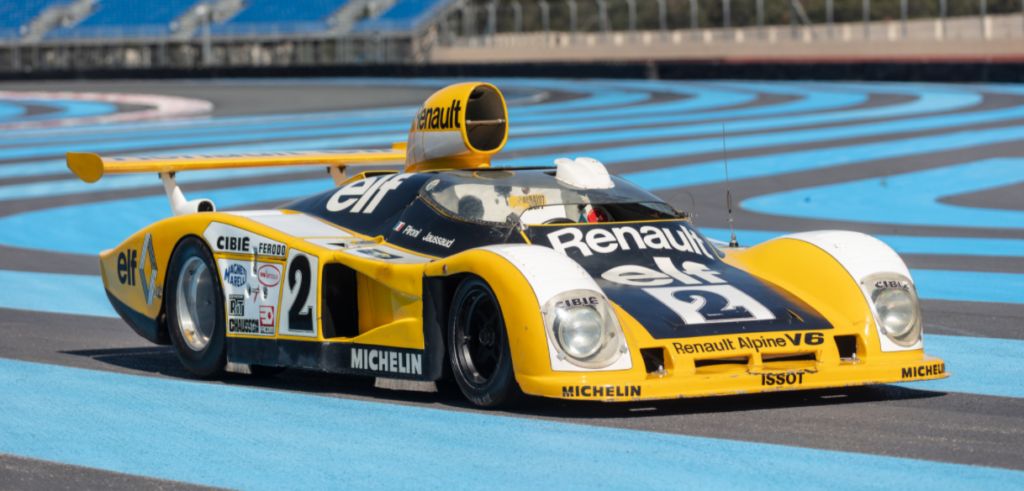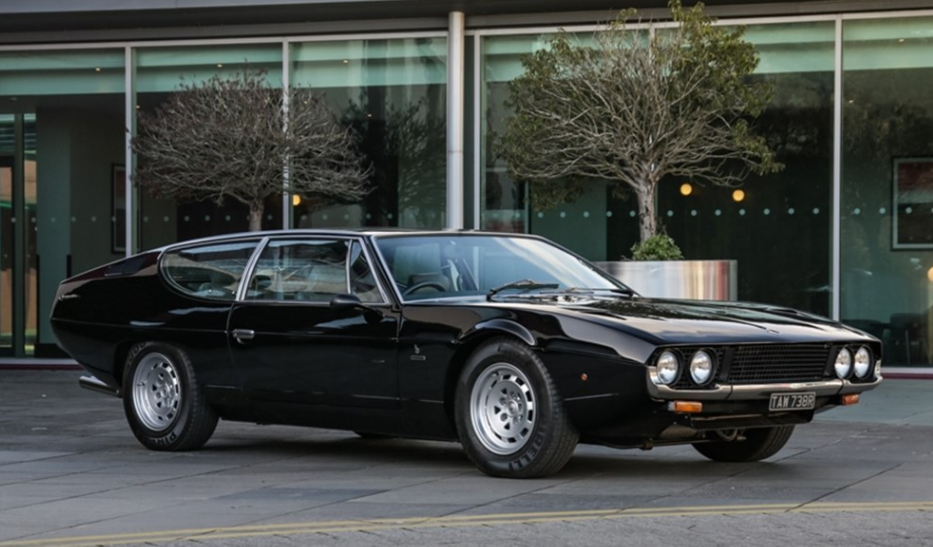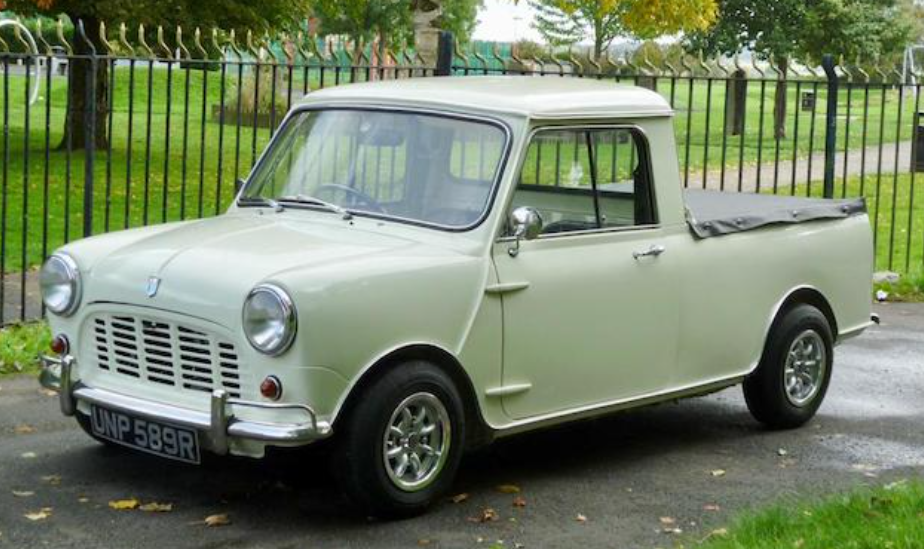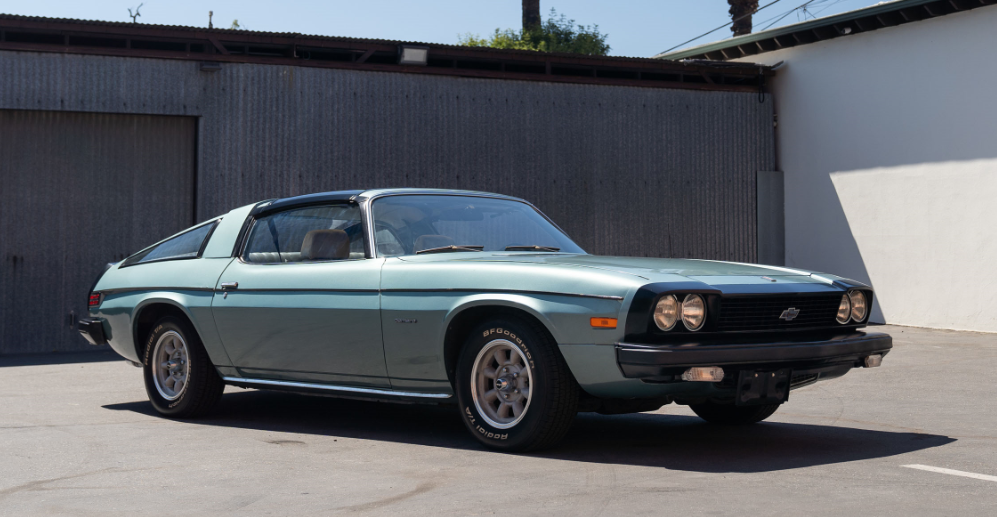1976 Manta Mirage
Offered by Mecum | Kissimmee, Florida | January 2024

The Manta Mirage is one of the coolest kit cars ever produced. Manta Cars existed from 1974 through 1986 in Costa Mesa, California. The Mirage was their attempt at a do-it-yourself supercar (for the day). The design is like two steps removed from a McLaren Can-Am car, but it is road legal.
Chevy small-blocks were the main engine option, and his one has a 5.7-liter V8. The body is fiberglass, and the whole thing weighs less than 2,000 pounds. It also has detachable gullwing doors that transform the car into a targa-like thing.
About 1,000 examples were produced in kit and turn-key form. This one looks pretty nice for a 1970s fiberglass special. Click here for more info.

